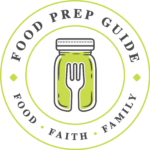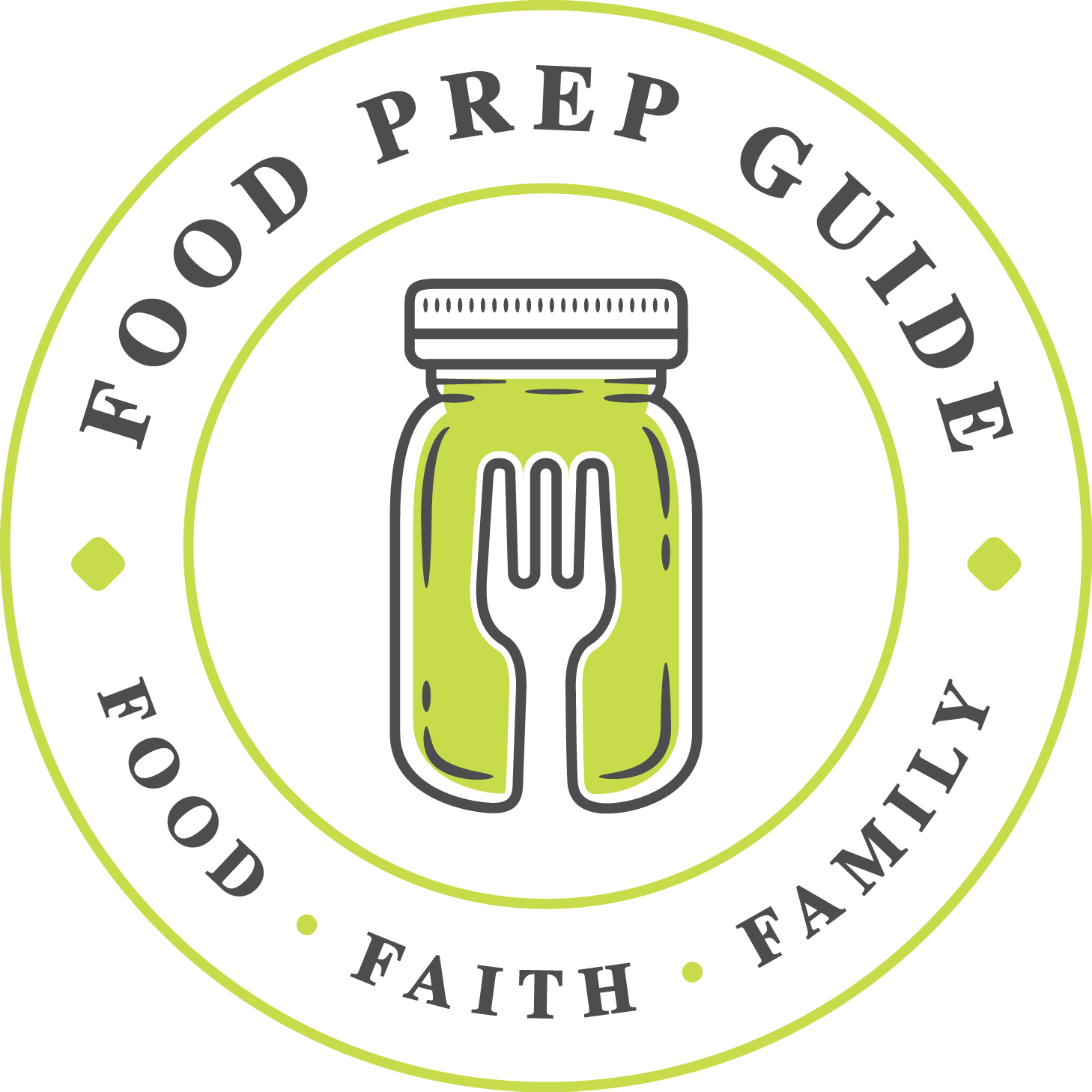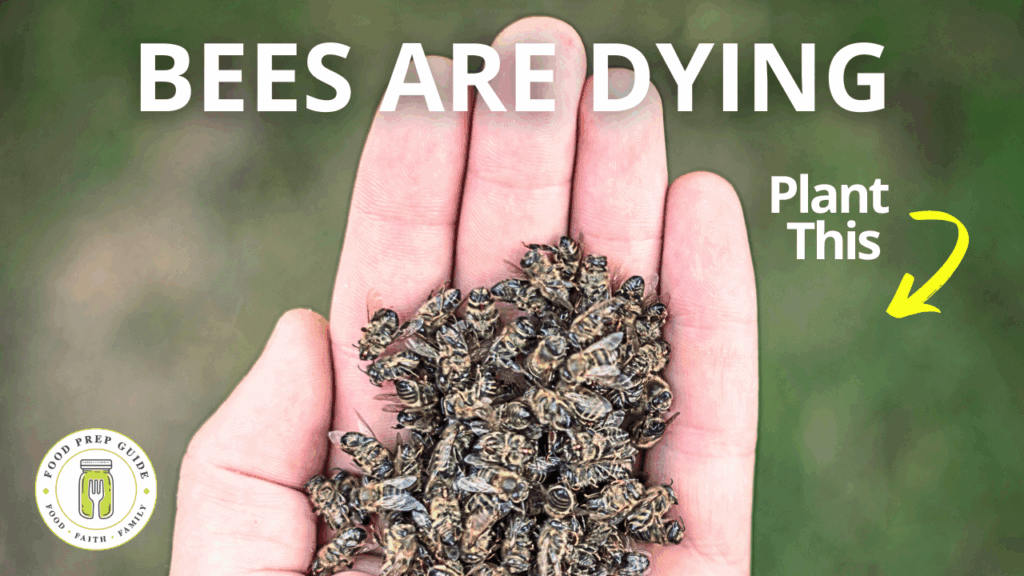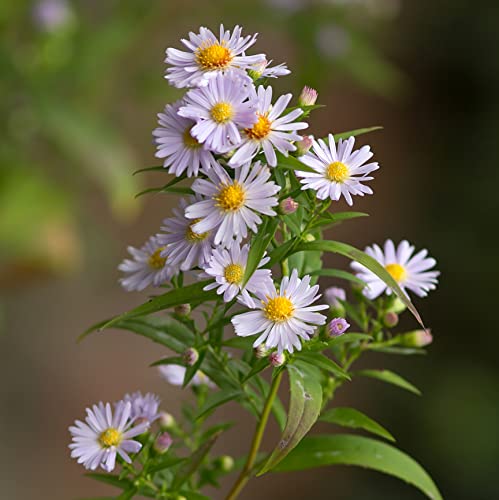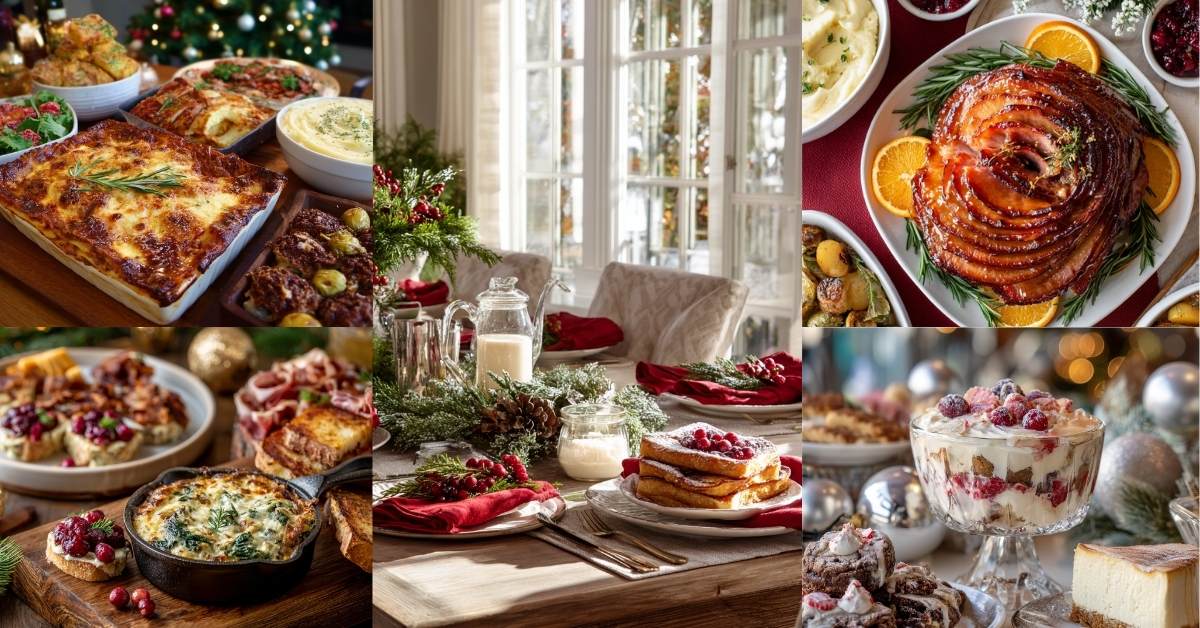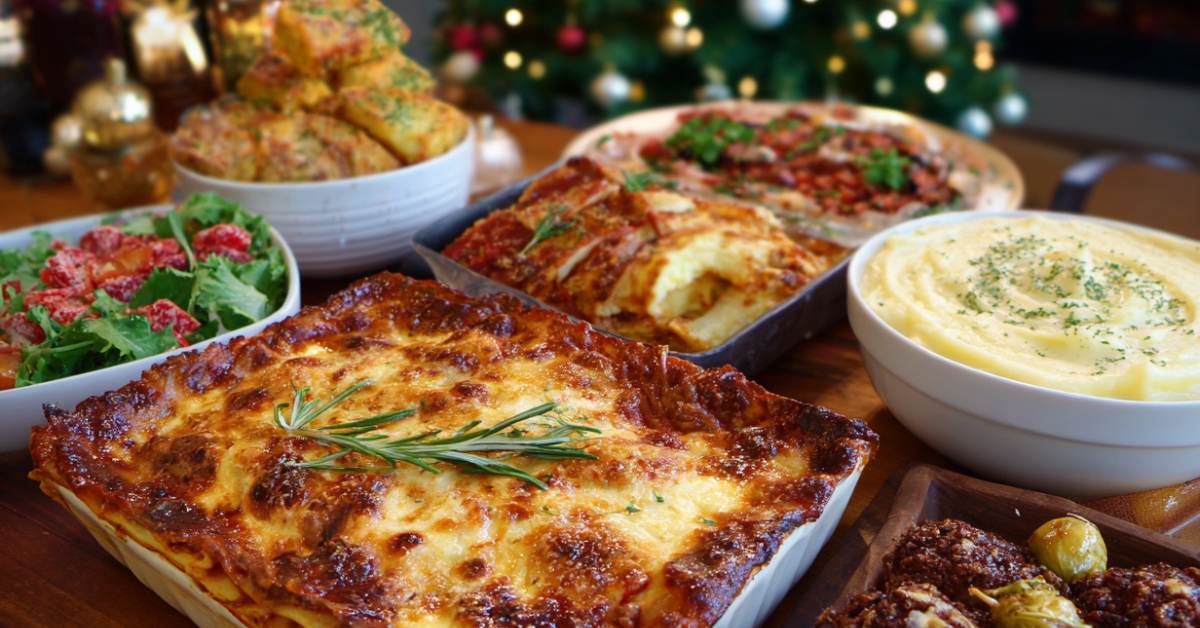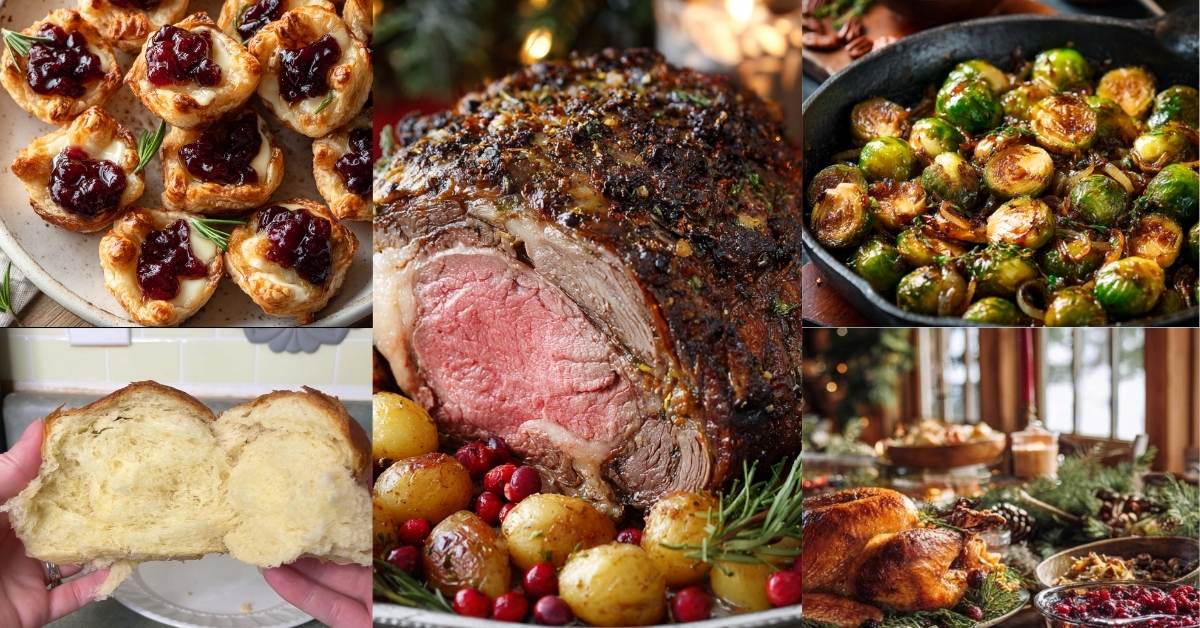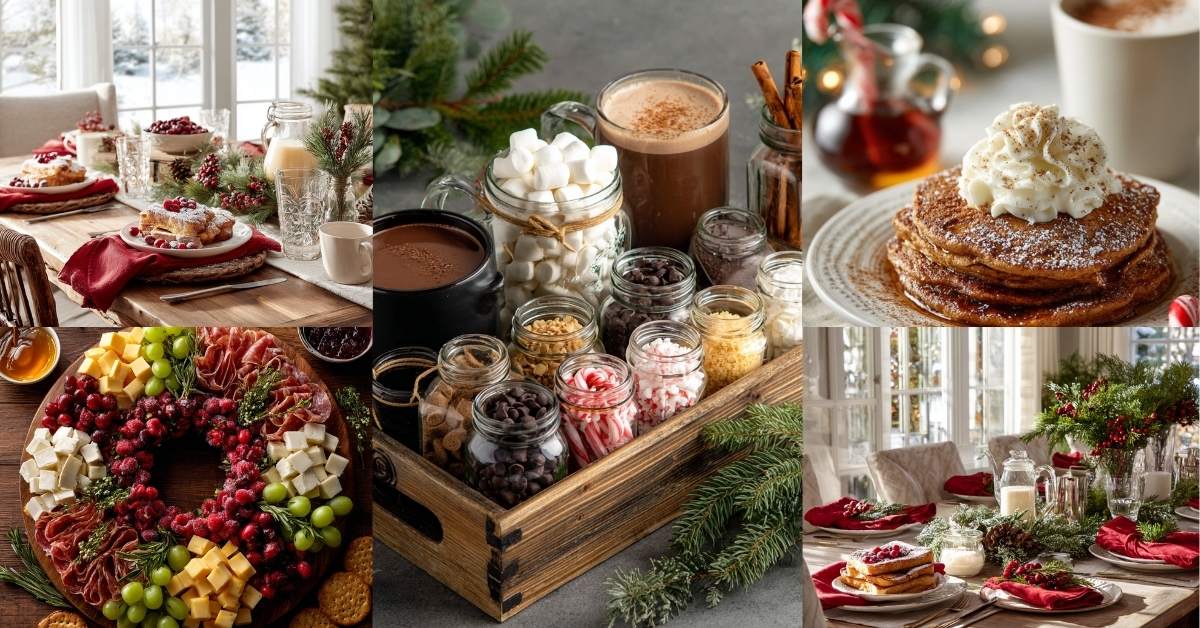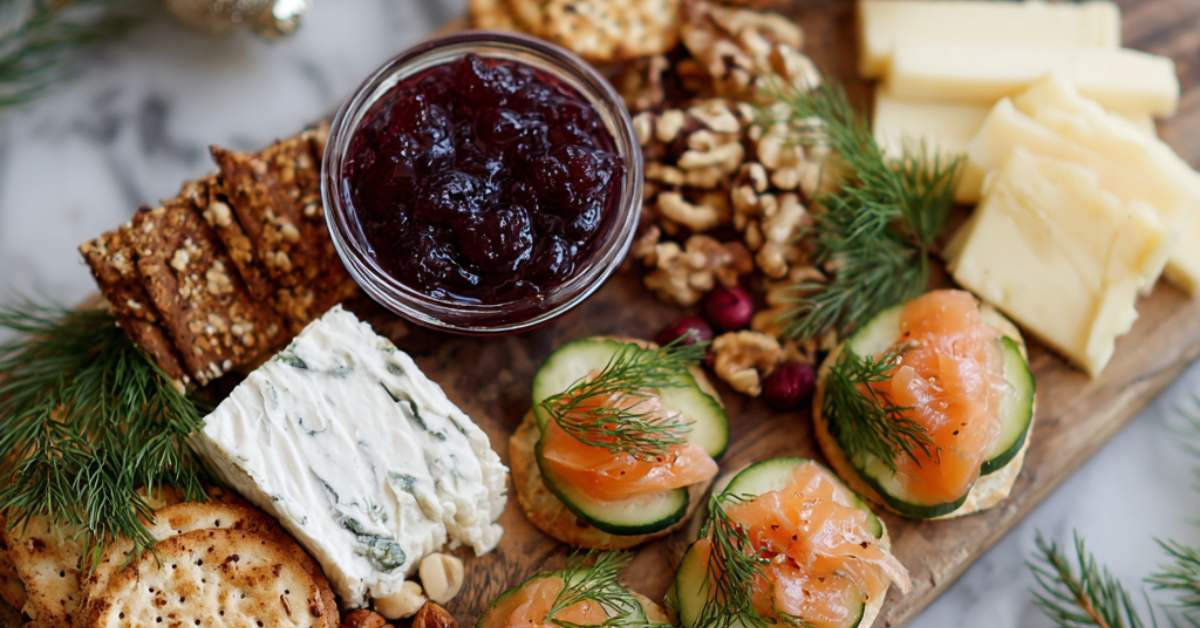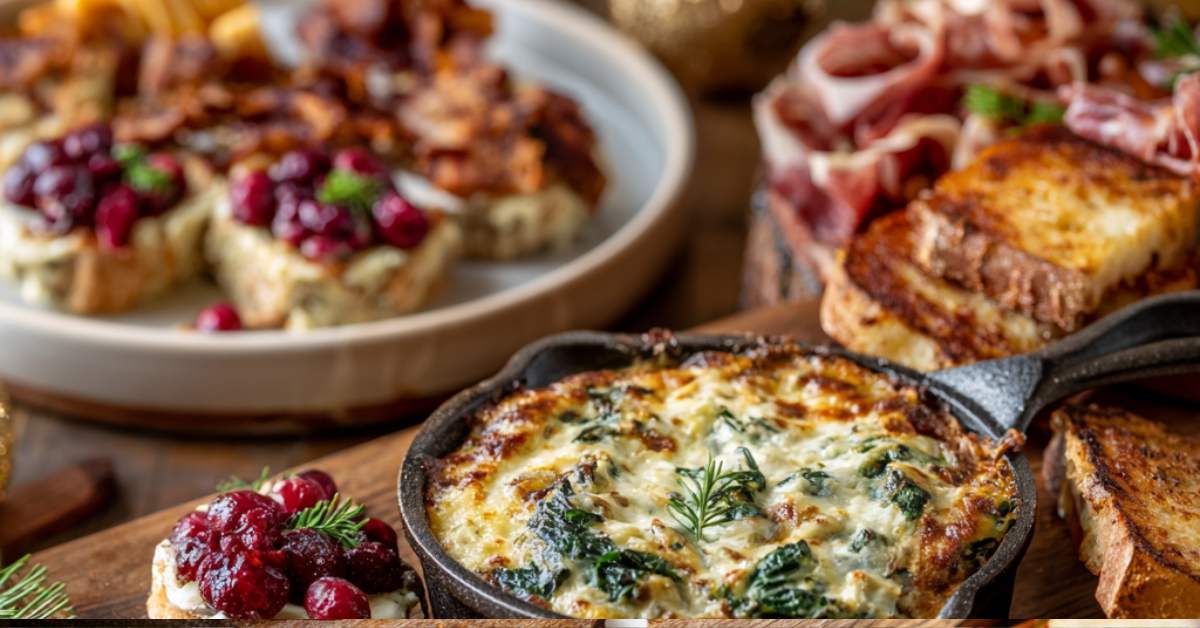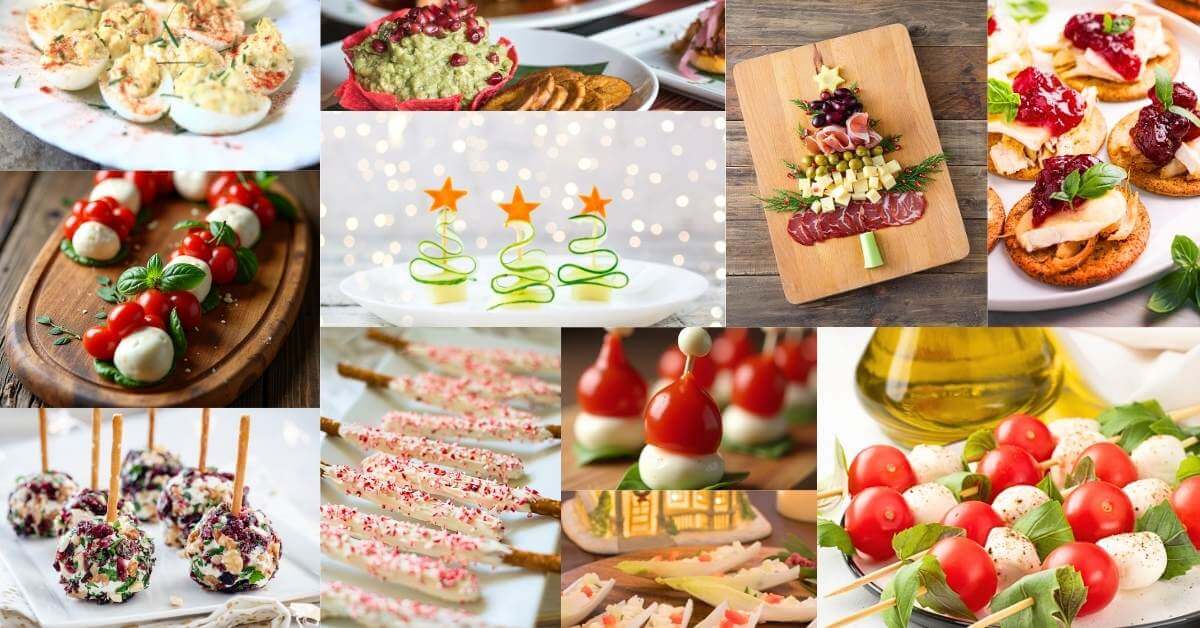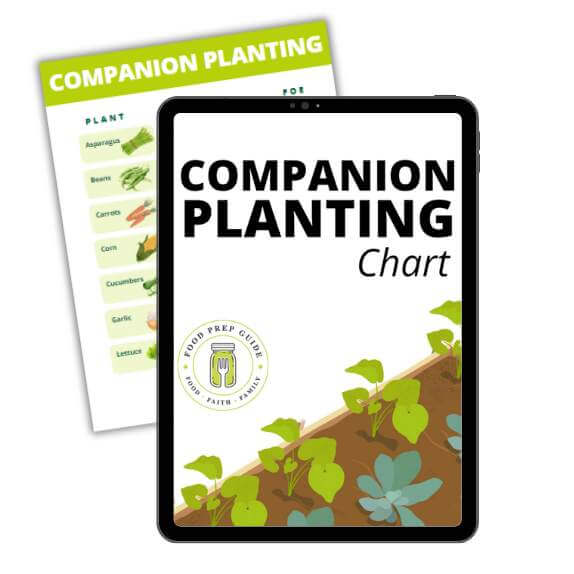If you garden, or if you want to grow even one tomato plant, you need bees.
But right now, our bees—especially honeybees—are in trouble. Big trouble.
We’re talking 70%–100% colony losses reported across the country just in the last 12 months. It’s not a small thing, and it’s not being talked about nearly enough.
Here’s the good news: you and I can do something about it. Even if it’s just planting one pot on the porch, it matters.
So let’s get into it—here are 8 flowers and herbs that not only attract honeybees but help feed and support them all season long.
Why This Matters (A Quick Recap)
- Honeybees pollinate 75% of our fruits, vegetables, and nuts
- That’s over $15 billion in food production annually
- Winter losses used to average 15%—now we’re seeing up to 70–100% in some areas
- One major beekeeper called it “the worst bee loss in recorded history”
And the most sobering part? If we lose the bees, we lose our food.
This isn’t just a gardener’s issue. It’s a human issue. And it starts in our own backyards.
1. Native Perennials (Research Your Region)
Let’s kick it off with native plants—because nothing feeds your local pollinators like the flowers they evolved with. Every state, and sometimes even every county, has its own native blooms.
Search “native perennials in [your state]” to start, and look for options like:
- Purple coneflower (echinacea)
- Goldenrod
- Yarrow (loved by early spring bees!)
- Clover & dandelion (don’t mow too early—they’re vital spring food)
Native plants are low-maintenance, perennial, and super bee-friendly. It’s like setting out a welcome sign for pollinators.
Prices pulled from the Amazon Product Advertising API on:
Product prices and availability are accurate as of the date/time indicated and are subject to change. Any price and availability information displayed on [relevant Amazon Site(s), as applicable] at the time of purchase will apply to the purchase of this product.
2. Lavender
Everyone loves lavender—but did you know bees go wild for it too?
- They’re especially drawn to the purple blooms
- It’s a multi-purpose powerhouse: medicinal, aromatic, and bee-friendly
- Low water needs, easy to grow, and smells heavenly
Add lavender to garden borders or containers near your veggie beds and you’ll see a noticeable bump in bee traffic.
Prices pulled from the Amazon Product Advertising API on:
Product prices and availability are accurate as of the date/time indicated and are subject to change. Any price and availability information displayed on [relevant Amazon Site(s), as applicable] at the time of purchase will apply to the purchase of this product.
3. Basil (Let It Bolt!)
If you’ve been cutting back your basil to avoid flowering—don’t! Let it bolt (flower and go to seed).
We plant:
- One section for harvesting (hello, pesto!)
- One section for pollinators—and it’s always swarmed with honeybees
Prices pulled from the Amazon Product Advertising API on:
Product prices and availability are accurate as of the date/time indicated and are subject to change. Any price and availability information displayed on [relevant Amazon Site(s), as applicable] at the time of purchase will apply to the purchase of this product.
Bolted basil draws more bees than any other plant in our summer garden. And bonus: you’ll never have to buy seeds again. Just let some fall and you’ll get free “volunteer” plants next year.
4. Aster
Asters are sweet little daisy-like flowers that come in a rainbow of colors.
- Honeybees especially love the purple and blue varieties
- Mixes attract a wide range of pollinators, not just bees
- Blooms in late summer and fall, when other food sources are fading
We plant mixed-color aster seed blends to keep bees happy across multiple seasons.
Prices pulled from the Amazon Product Advertising API on:
Product prices and availability are accurate as of the date/time indicated and are subject to change. Any price and availability information displayed on [relevant Amazon Site(s), as applicable] at the time of purchase will apply to the purchase of this product.
5. Wildflower Mixes (Cheap & Effective)
Here’s a frugal gardener’s secret weapon: wildflower seed blends.
- Contains dozens of flower varieties with staggered bloom times
- Keeps food available to pollinators from spring through fall
- Dollar Tree packets work just fine (we’ve had great germination rates!)
Scatter them around garden edges, fence lines, or anywhere you’ve got space. Wildflowers are low-maintenance and high-reward.
Prices pulled from the Amazon Product Advertising API on:
Product prices and availability are accurate as of the date/time indicated and are subject to change. Any price and availability information displayed on [relevant Amazon Site(s), as applicable] at the time of purchase will apply to the purchase of this product.
6. Borage
Borage is a lesser-known herb with stunning star-shaped flowers—and bees love it.
- Ours sleep in the flowers. Yes, sleep 💤
- It’s technically an herb but looks like a flower
- Grows easily and makes a great tea plant too
We grow blue borage, but it comes in other colors as well. It’s one of the few plants where you’ll catch bees hanging out even when they’re not working.
Prices pulled from the Amazon Product Advertising API on:
Product prices and availability are accurate as of the date/time indicated and are subject to change. Any price and availability information displayed on [relevant Amazon Site(s), as applicable] at the time of purchase will apply to the purchase of this product.
7. Sweet Alyssum
This one is a total game changer.
- Intensely sweet fragrance attracts bees from far and wide
- Comes in white and royal blue varieties
- Compact, low-growing, and perfect for garden borders or pots
If you’ve been struggling to draw bees in—start here. It’s like a natural perfume for your garden, and the honeybees can’t resist.
Prices pulled from the Amazon Product Advertising API on:
Product prices and availability are accurate as of the date/time indicated and are subject to change. Any price and availability information displayed on [relevant Amazon Site(s), as applicable] at the time of purchase will apply to the purchase of this product.
8. Bee Balm
It’s right there in the name—and for good reason.
- Also known as monarda or wild bergamot
- Comes in pink, red, white, and purple
- Thrives mid-summer (June/July) when other blooms fade
Fun fact: Native Americans used it to treat bee stings, and now it helps prevent the need for those stings—by keeping bees well-fed and happy.
Prices pulled from the Amazon Product Advertising API on:
Product prices and availability are accurate as of the date/time indicated and are subject to change. Any price and availability information displayed on [relevant Amazon Site(s), as applicable] at the time of purchase will apply to the purchase of this product.
One Pot Can Make a Difference
Imagine the impact if every household in America planted one pot of basil and let it bolt, one lavender plant, or even just scattered a wildflower seed mix on the edge of their property.
We don’t need to be experts. We just need to start.
- Grow something that feeds the bees
- Let it flower
- Tell your neighbors
- Share this post
Let’s do our part to support God’s design and steward our resources wisely. The bees need us—and we need them, too!
